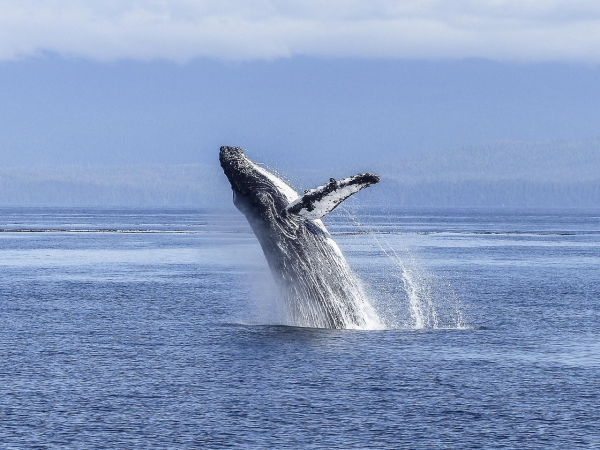A new study led by McGill University researchers indicates that humpback whales in the southeastern Pacific combine real-time environmental cues with their memories of conditions in their Antarctic feeding grounds to determine when to embark on their annual 10,000-kilometre journey.
A new study led by McGill University researchers indicates that humpback whales in the southeastern Pacific combine real-time environmental cues with their memories of conditions in their Antarctic feeding grounds to determine when to embark on their annual 10,000-kilometre journey. With climate change accelerating, the researchers warn this strategy may become less effective amid shifting ocean conditions.
Tracking whale migration through satellite data
The research team analyzed eight years of satellite tracking data, from 2009 to 2016, from 42 humpback whales tagged off Costa Rica, Panama and Ecuador. Their goal was to track each individual during their migration to the Southern Ocean in Antarctica and to understand what triggers the whales’ southward migration each year. The findings suggest that whales integrate local environmental changes – such as sea temperature and food availability – with their long-term memory of ocean conditions in their Antarctic feeding grounds. This helps them time their migration to coincide with the seasonal bloom of krill, their primary food source in the Southern Ocean.
Read More: McGill University
Photo Credit: ArtTower via Pixabay




